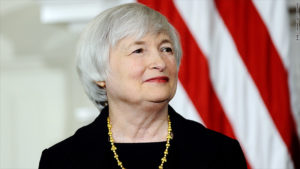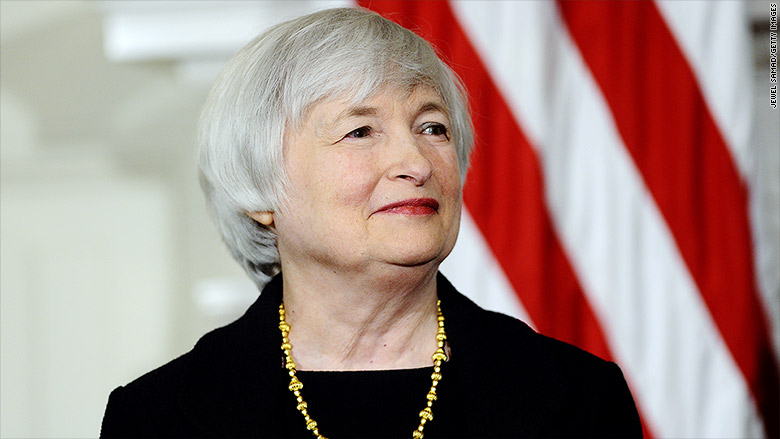By Matthew Boesler Source: Bloomberg.com Special presentation at January meeting found no alternatives Results showed inflation expectation

Source: Bloomberg.com
- Special presentation at January meeting found no alternatives
- Results showed inflation expectations may be below 2% target
Former Federal Reserve Chair Janet Yellen has called low inflation a bit of a “mystery”. So it was appropriate that at her final Fed meeting, she and her colleagues received a special briefing on what had gone wrong with the computer models they use to forecast price pressures.
The conclusion of the briefing: The models aren’t great for forecasting, but alternative options aren’t obvious either. Perhaps even more troubling for policy makers is that inflation appears to be anchored below the Fed’s 2 percent target.
The presentations by Fed staff economists were described in the minutes of the policy-setting Federal Open Market Committee’s Jan. 30-31 meeting published Wednesday. The failure to anticipate last year’s decline in inflation, despite a tightening labor market, was chalked up to transitory factors like a one-time drop in the price of cell-phone services.
No alternative frameworks for understanding inflation beyond the Fed’s reliance on the decades-old Phillips Curve relationship — which relies on the level of the unemployment rate and household inflation expectations — were uncovered.
“The staff found little compelling evidence for the possible influence of other factors such as a more competitive pricing environment or a change in the markup of prices over unit labor costs,” according to the minutes of the gathering, which took place just before Jerome Powell succeeded Yellen as chairman. “The prediction errors in recent years were larger than those observed during the 2001-07 period but were consistent with historical norms.”
On one hand, the findings arm Fed officials with ammunition in the debate about whether inflation will pick up again this year as unemployment remains low. “Almost all” FOMC participants continued to see the Phillips Curve relationship between unemployment and inflation as a useful guide, according to the minutes, which reinforces the case for gradually raising interest rates even with relatively slow price increases.
But the news was not all good.
“Two of the briefings presented findings that the longer-run trend in inflation, absent cyclical disturbances or transitory fluctuations, had been stable in recent years at a little below 2 percent,” according to the minutes.
Evans Dissent
The findings echoed a concern that led Chicago Fed President Charles Evans to dissent against the FOMC’s most recent rate hike in December. After that meeting, he explained his decision on the grounds that U.S. households’ expectations for inflation may have fallen below 2 percent, which may make it harder for actual inflation to rise.
Fed officials’ preferred inflation gauge has been below 2 percent throughout most of the last six years. Prices rose 1.7 percent in the 12 months through December, according to the Commerce Department index.
But in the discussion among FOMC participants that followed the briefings, there was no indication that Evans’s concerns were becoming more widespread, despite the staff’s findings. Only “a few” said inflation expectations appeared to have fallen below 2 percent, though “a number” noted the importance of stressing the symmetric nature of the Fed’s inflation goal.

